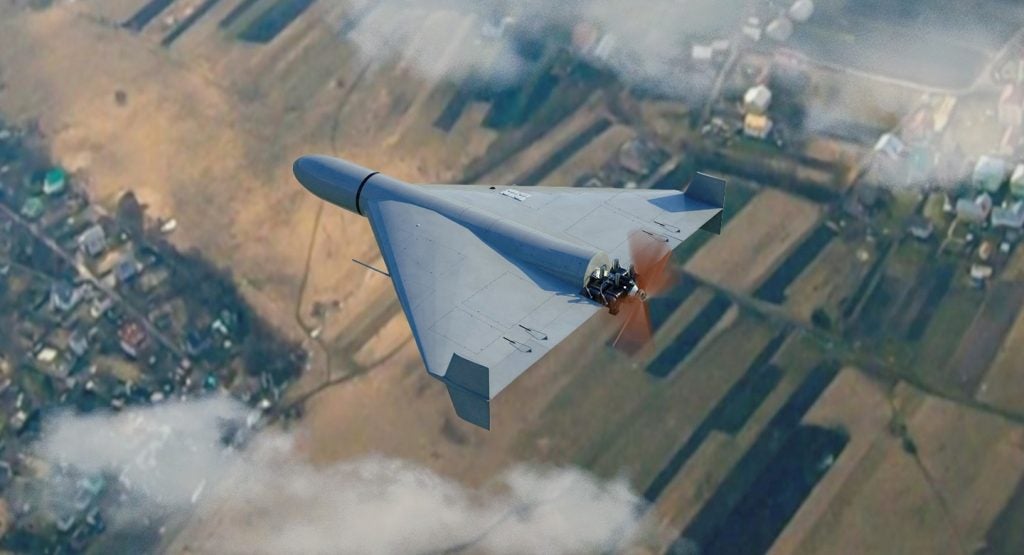The US Army has issued a request-for-information (RFI) to industry as part of its ongoing efforts to replace their stockpiles of FIM-92 Stinger Man-Portable Air Defense Systems (MANPADS) with a new missile, currently designated as the “Maneuver Shirt Range Air Defense Increment 3” (M-SHORAD Inc. 3).
Tristan Sauer, Land Analyst at GlobalData Aerospace, Defense and Security, a leading data and analytics company, offers his view:
“Despite the relative success Ukrainian forces have had in countering Russian air assets with the Stinger system, the growing threat of high intensity conflict with peer-level adversaries has reinforced pressure within the US Army to finally develop a replacement to this iconic weapons platform. Indeed, the Army’s 20,000-plus stockpile of Stinger – Reprogrammable Microprocessor (RMP) variants are due to reach the end of their life cycle in FY2023, whilst the Stinger Block I variants are currently undergoing a service life extension to ensure the Army retains some portable anti-air capabilities before the M-SHORAD Inc. 3 enters service.” GlobalData’s report on ‘The Global Missiles and Missile Defense Systems Market 2021-2031’ highlights the continued growth of the MMDS market, which is currently forecasted to grow at a CAGR 3.51% to reach a value of $52.3 billion by 2031. North America is expected to overtake the Asia-Pacific region in terms of market share over the next decade, growing from $9.1 billion to $15.3 billion by 2031.
Sauer notes: “The US Army has outlined a relatively optimistic timeline for development and fielding of the new system, having already requested $1.5 million from the FY2022 budget in anticipation of an initial contract award in Q2 of FY2023. Current plans foresee the first technology demonstrations occurring in FY2023, with live fire testing expected in FY2026 and a first production order of 10,000 systems by FY2027.
US defense officials are due to meet with the chief executives of the top eight US defense contractors later today to discuss the industry’s capacity to accelerate development and production of new systems in light of the ongoing Foreign Military Assistance program in Ukraine. It remains possible that defense officials will seek to slow continued production of the ageing Stingers destined for Ukraine in favor of developing the new system to meet the Army’s pressing needs for modernized equipment”.










Related Company Profiles
United States Army
RFI
Sauer Srl